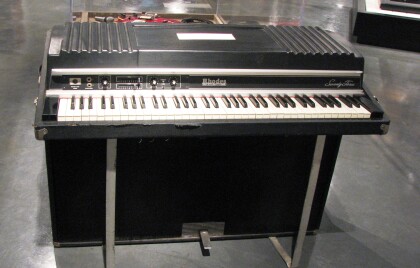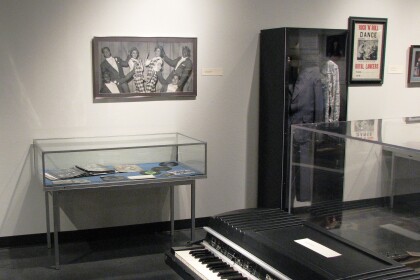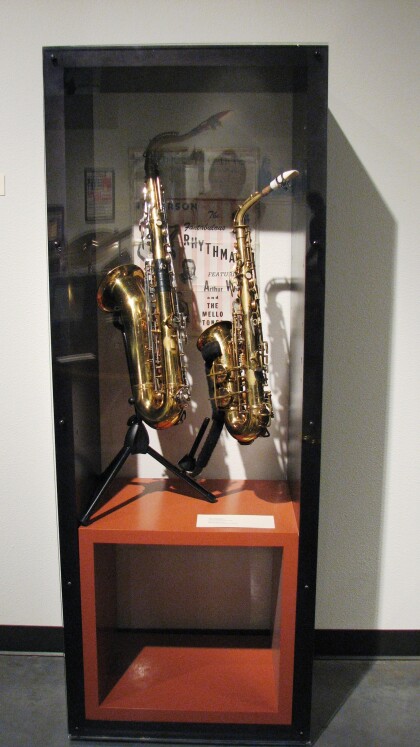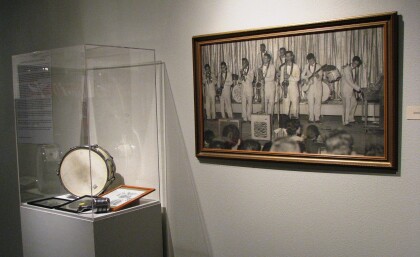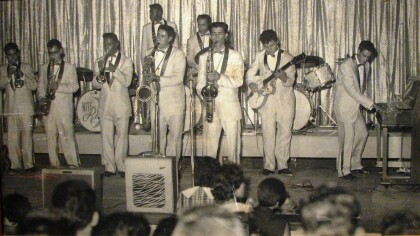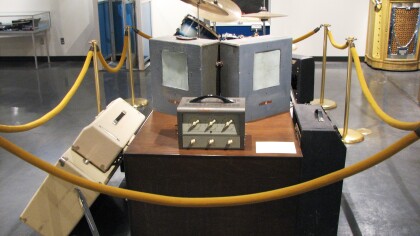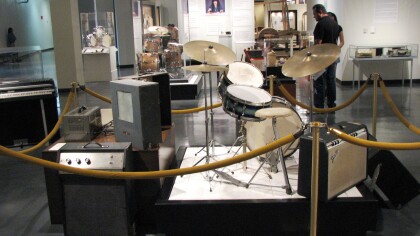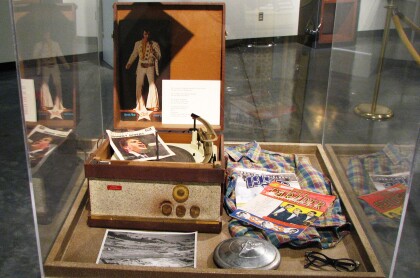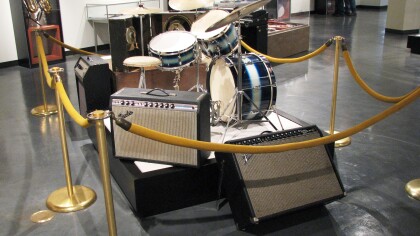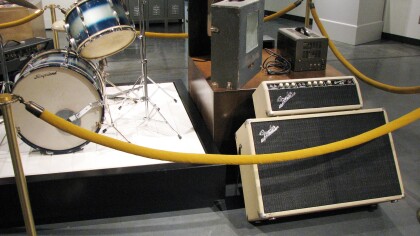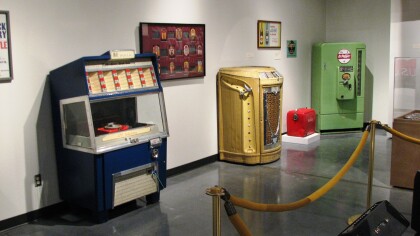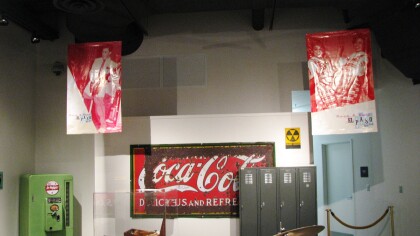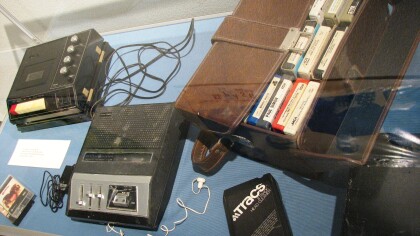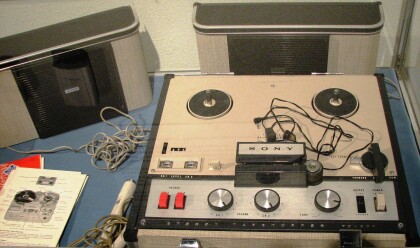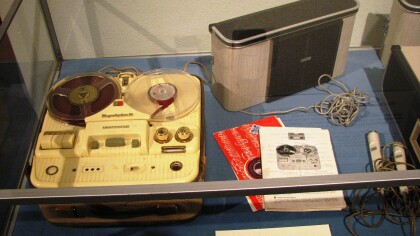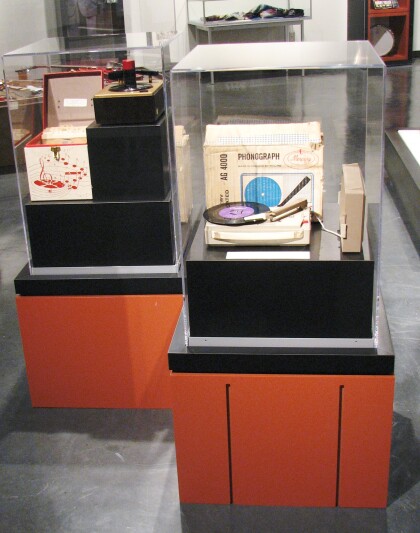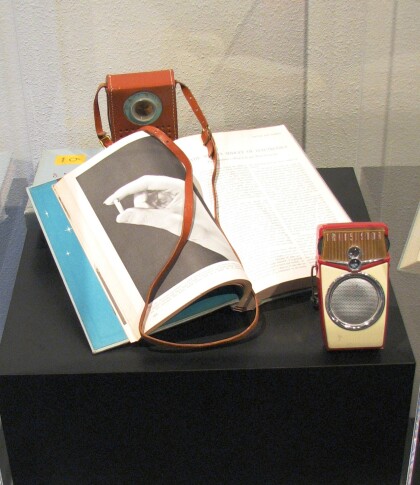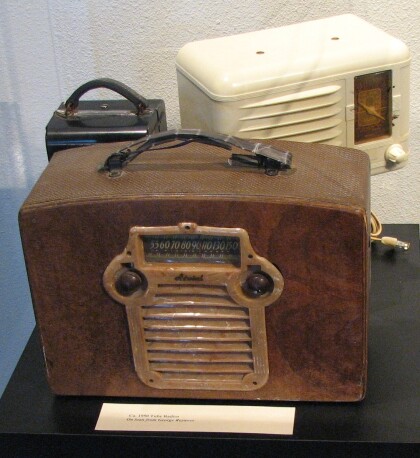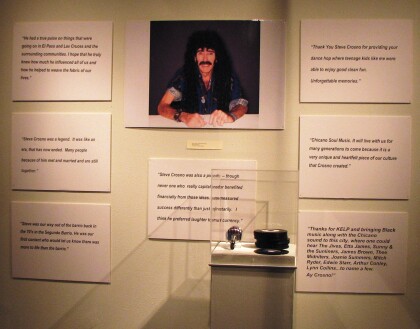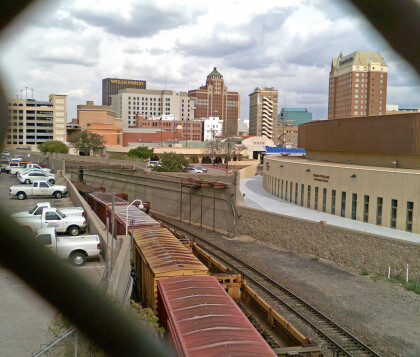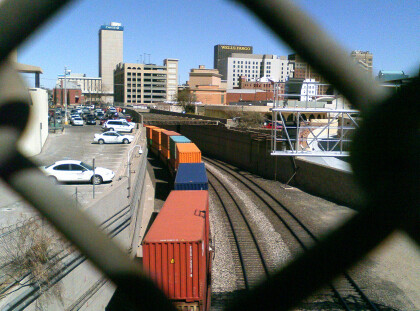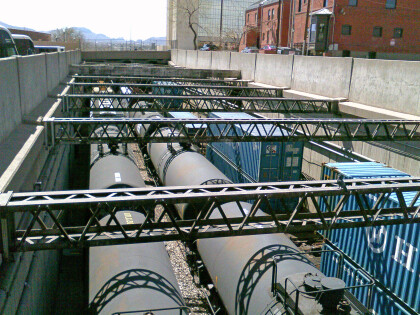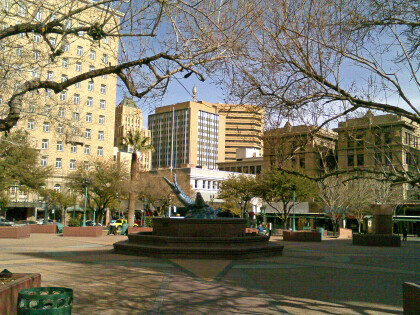Operation Hold the Line 1993

Operation Hold the Line 1993
The image shows the U.S. Border Patrol during Operation Hold the Line in 1993. Operation Hold the Line was a preventative measure taken by the United States Border Patrol, initiated on September 19, 1993, on the United States-Mexico border in El Paso. Silvestre Reyes, who was the head of the El Paso Border Control at the time, ordered his officers to form a human and vehicle blockade along the border. There were four hundred agents and vehicles every 100 yards from one side of El Paso to the other, creating a virtual and visible human wall of enforcement, in order to prevent illegal immigration. Unlike the previous attempts, Reyes’ blockade stayed in place until the Immigration and Naturalization Service saw the success it was having and permanently funded it. It is still in effect today. The rise of illegal immigration from Mexico to the U.S. during the 1980s and 1990s was caused by the collapse of the Mexican economy due to inflation. El Paso's Border Patrol agents, which numbered 600 then, were overwhelmed by the number of migrants rushing across the border daily. The Operation was the first of its kind and represented a shift in ideology in policing illegal immigration. Previous policies focused on finding and deporting illegal immigrants who had already crossed the border. Instead, Operation Hold the Line focused on intercepting and preventing illegal entries at the border. The Operation affected El Paso and the surrounding areas instantly and in different ways: On one hand, the apprehensions in the El Paso sector dropped significantly (from about 1,500 people a day to less than 100 a day). The success of the Operation led to the introduction of legislation that focused on border security. On the other hand, the number of immigrants who die trying to cross the border has risen significantly, because they attempt to cross the border in remote desert areas, which have less security. Also, illegal immigrants, who successfully cross the border, stay in the United States longer than before, rather than risking arrest traveling back and forth from Mexico. During the first weeks of the Operation, there were protests on both sides of the border, and the Catholic bishops of Southern New Mexico, El Paso and Juárez came out against it. Hundreds of Juárez residents took part in demonstrations because they could no longer get to their jobs in El Paso. Consequently, one of the immediate effects was also that it left thousands of people from Juarez unemployed, who had been crossing the border daily for their jobs in El Paso. About a week into the operation, there was a standoff between protesters and U.S. officials at the Paso del Norte International Bridge. They threatened to pour into the north, and the Border Patrol had to shut down one side of the bridge.
Reportar esta entrada
Más sobre la misma comunidad-colección
El Paso Rock and Roll 1950-1970, an EP Museum of History Exhibit
Original Fender Rhodes owned by Larry Rye.
El Paso Rock and Roll 1950-1970, an EP Museum of History Exhibit
A photo of the exhibit featuring some suits of the day, a Fender ...
El Paso Rock and Roll 1950-1970, an EP Museum of History Exhibit
Two saxophones from a member of the Rhythm Heirs.
El Paso Rock and Roll 1950-1970, an EP Museum of History Exhibit
An exhibit case with an old snare drum and microphone. And a ...
El Paso Rock and Roll 1950-1970, an EP Museum of History Exhibit
Awesome photo of the Rhythm Heirs...I think. Location of picture ...
El Paso Rock and Roll 1950-1970, an EP Museum of History Exhibit
I believe this is an old Stromberg Carlson PA system from the ...
El Paso Rock and Roll 1950-1970, an EP Museum of History Exhibit
My old Montgomery Wartd amp in the lower left, the ...
El Paso Rock and Roll 1950-1970, an EP Museum of History Exhibit
An old record player. A lot of children who visited the exhibit ...
El Paso Rock and Roll 1950-1970, an EP Museum of History Exhibit
A couple of beautiful Fender guitar amps. One is a Twin Reverb. ...
El Paso Rock and Roll 1950-1970, an EP Museum of History Exhibit
A Fender Bassman amp and a Slingerland drum kit.
El Paso Rock and Roll 1950-1970, an EP Museum of History Exhibit
A wall of old Juke Boxes and an old Coca-Cola cooler and a Dr. ...
El Paso Rock and Roll 1950-1970, an EP Museum of History Exhibit
A metal Coke sign, school lockers, a Dr. Pepper soda machine, a ...
El Paso Rock and Roll 1950-1970, an EP Museum of History Exhibit
Old casette recorders and a collection of 8-Track tapes. First ...
El Paso Rock and Roll 1950-1970, an EP Museum of History Exhibit
A beautiful SONY reel-to-reel tape recorder. This fits all ...
El Paso Rock and Roll 1950-1970, an EP Museum of History Exhibit
I love this. A Telefunken (is that a great name?), model ...
El Paso Rock and Roll 1950-1970, an EP Museum of History Exhibit
An old Mercury phonograph, probably mono because there is only ...
El Paso Rock and Roll 1950-1970, an EP Museum of History Exhibit
Two beautiful transistor radios. These were so innovative. ...
El Paso Rock and Roll 1950-1970, an EP Museum of History Exhibit
Old AM radios no doubt. Plug them into the wall and find your ...
El Paso Rock and Roll 1950-1970, an EP Museum of History Exhibit
Steve Crosno is a very famous El Paso DJ. That may be his ...
San Jacinto Plaza with Blue Flame Building in background
The Blue Flame building was built by the El Paso Natural Gas ...
